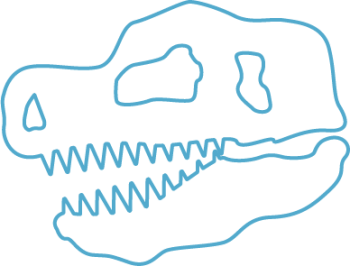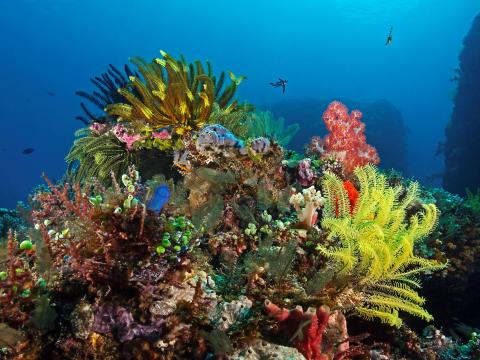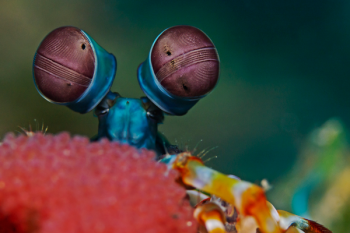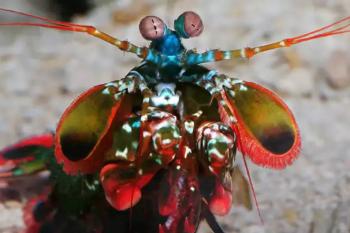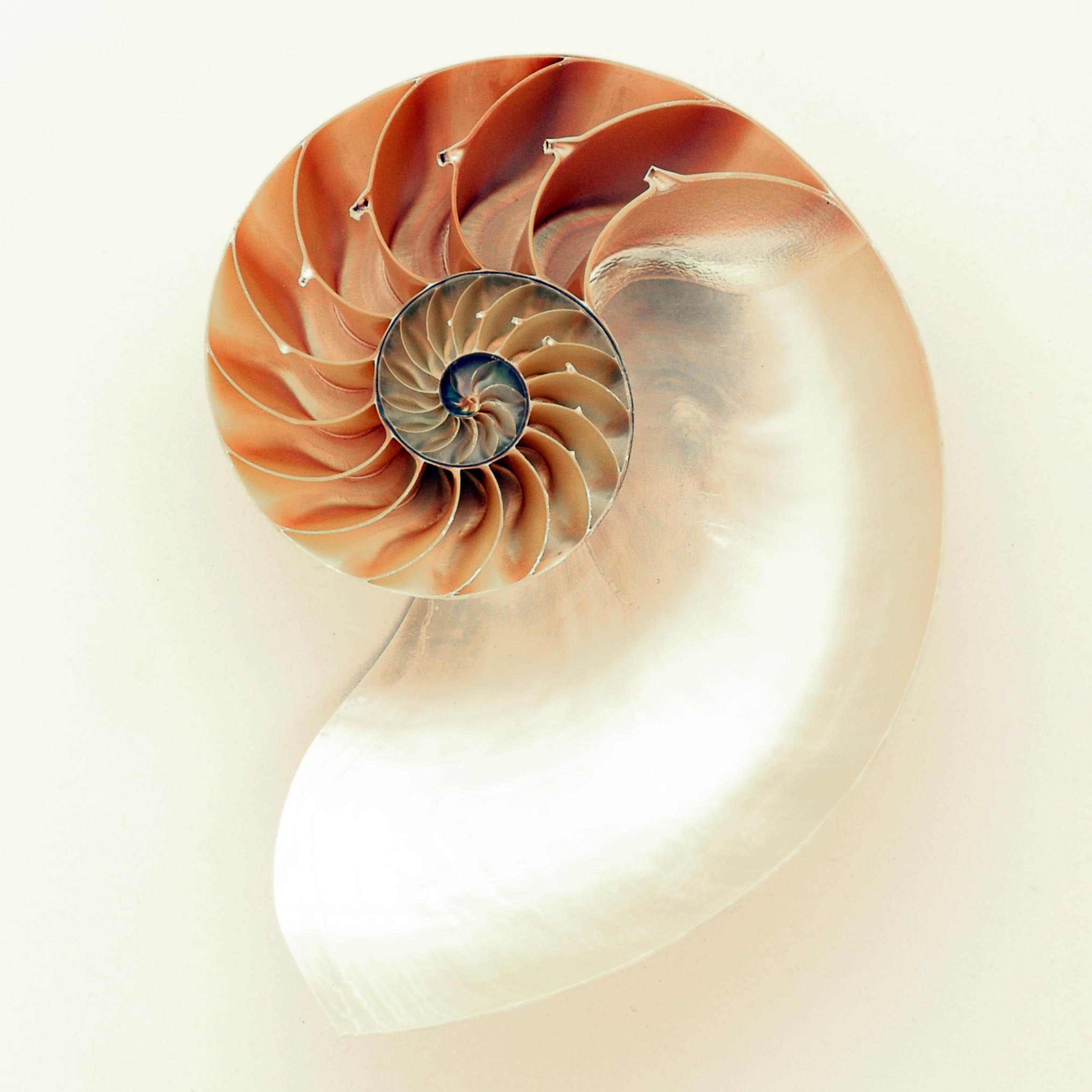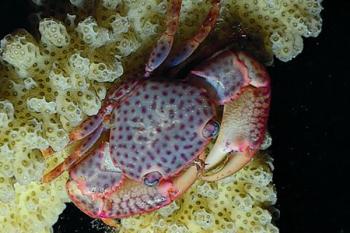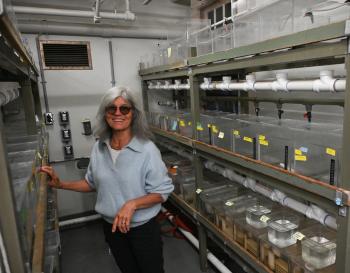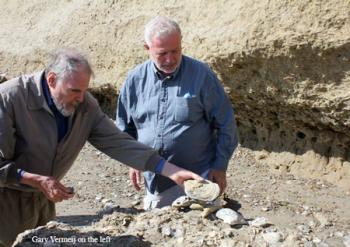Because echinoderms have a calcified skeleton, they are abundant in the fossil record.
During the Paleozoic (540mya to 250mya) there were many bizarre echinoderms that are now extinct. There are only five distinct classes today, but up to 21 existed in the past. This article has good photos of echinoderm fossils. This site has 3-D models you can manipulate of both modern and fossil echinoderms.
Adult echinoderms have a five-part symmetry, but their larvae are bilateral. Did modern echinoderms evolve from a bilateral ancestor? Until a decade ago no truly bilateral fossil echinoderms had been found. In 2012 finally a fossil from Spain confirms a bilateral ancestor.
Crinoids, called sea lilies, are stalked echinoderms that live on the bottom of the ocean, mostly in deep water. Their lineage is an ancient one arising in the Cambrian (540-480 million years ago); they once were the most abundant echinoderm, but all but most perished in the Permian/Triassic extinction 250 million years ago. Read about crinoids in general and about crinoid fossils.




